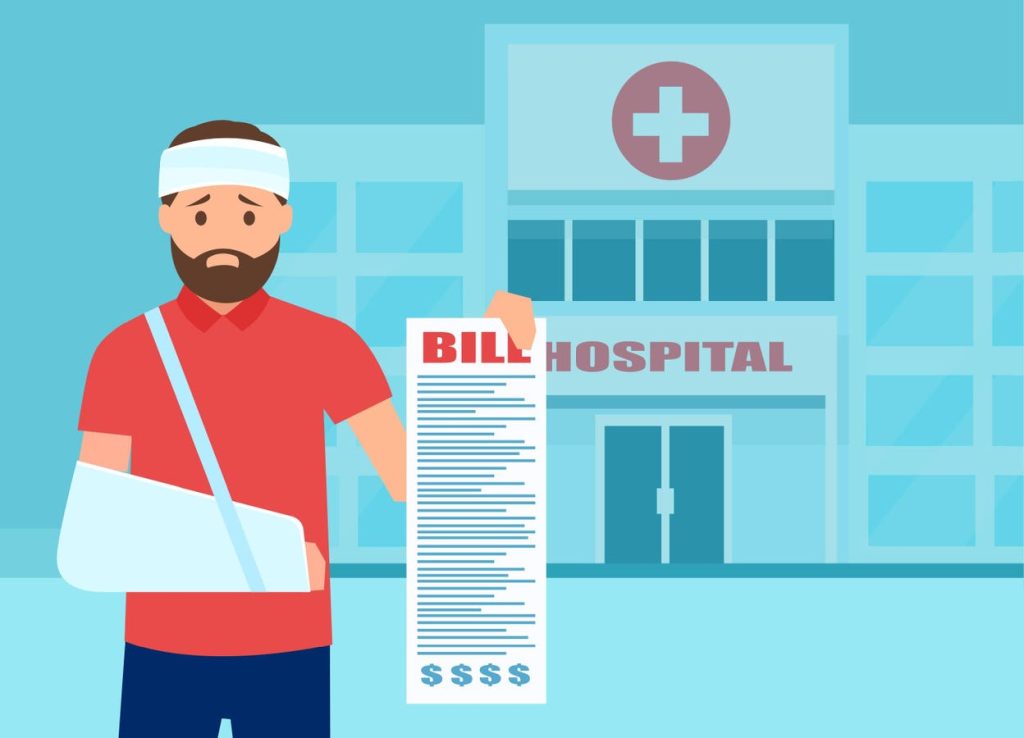A recent experience with an appendicitis case sheds light on the exorbitant charges faced by patients in the American healthcare system. The individual sought treatment for appendicitis, opting for intravenous antibiotics rather than surgery. The subsequent hospital bill revealed staggering fees, including a $22,789 total charge. The breakdown consisted of an emergency room fee, ultrasound, lab work, pharmacy costs, and room and board for the hospital stay. Despite being insured, the charges highlighted the astronomical costs associated with healthcare in the United States. This incident prompted an investigation into the root causes behind such high fees.
The analysis of appendicitis charges in California revealed a median cost of $33,611 in 2009, with charges varying from $1,529 to $182,955. The extreme variation in costs, even for routine cases, underscores the lack of transparency and regulation in hospital charges. The absence of price controls allows providers to set their fees arbitrarily, leading to excessive billing practices. The prevailing trend of exorbitant medical bills and instances of $600 band-aids or $400 pregnancy tests are indicative of a broken system that exploits patients’ vulnerabilities.
The structure of insurance payments further exacerbates the issue, with hospitals incentivized to increase charges due to the reimbursement model utilized by insurance companies. While Medicare offers a fixed fee per case, many insurance plans base their payments on a percentage of hospital charges. This practice encourages hospitals to inflate prices to maximize revenue, creating a cycle of escalating costs. The lack of regulatory oversight perpetuates this cycle, leaving patients vulnerable to financial exploitation and undue burden.
Hospital monopolies or oligopolies also contribute to the problem, allowing providers to leverage their market power to charge higher prices. Consolidation within the healthcare industry has led to increased pricing, with some hospitals capitalizing on their dominant position to extract maximum profits. Insurance companies, in turn, leverage their market dominance in certain regions to negotiate lower rates with hospitals, leading to further distortions and inefficiencies in the system.
The implementation of legislative measures such as the No Surprises Act aims to address issues of out-of-network billing and price transparency. However, the complex interplay between hospitals, insurers, and patients underscores the systemic challenges within the healthcare system. The reliance on market forces and the lack of effective competition exacerbate administrative costs, further burdening patients and driving up overall healthcare expenditures. The intricacies of insurance negotiations and hospital billing processes create a convoluted system that prioritizes profit over patient care.
In conclusion, the current healthcare system in the United States operates on a profit-driven model that prioritizes financial gain over patient well-being. The unchecked power of hospitals and insurers to set arbitrary charges contributes to a system rife with exploitation and exorbitant costs. The dire consequences of these practices, including bankruptcy and financial ruin for patients, highlight the urgent need for systemic reform. Addressing the root causes of inflated healthcare charges requires a comprehensive approach that prioritizes patient care and affordability. Only through meaningful reform and increased accountability can we hope to alleviate the burden placed on the millions of Americans navigating a broken healthcare system.


